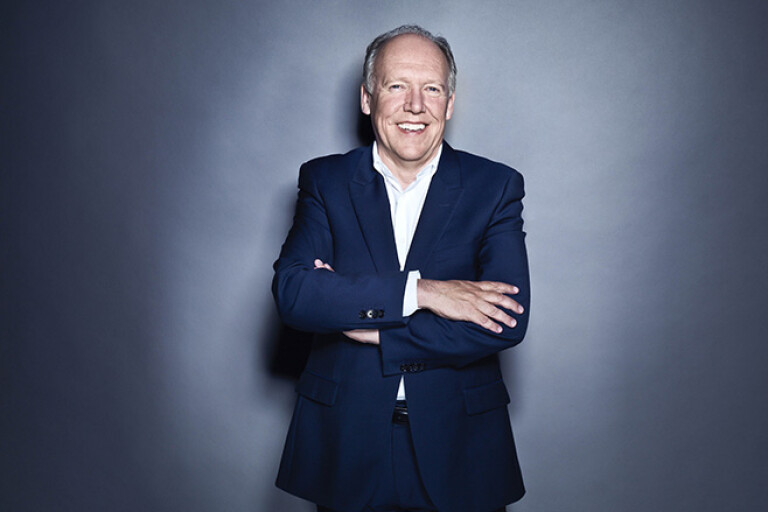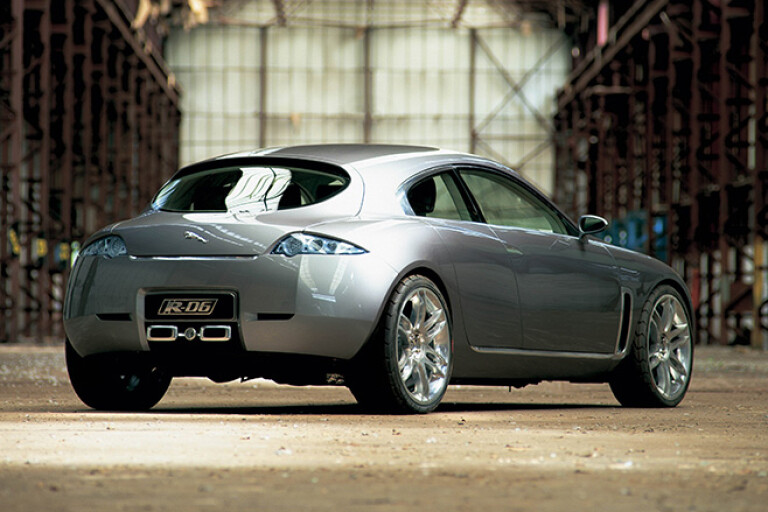
JAGUAR says its brand DNA would stretch to building compact hatchback that would rival the popular Mercedes-Benz A-Class and Audi A3, but says it is not a priority.
Jaguar’s goal to grow sales globally is being driven primarily by its new Jaguar XE sedan and wagon, and its plans to launch SUVs.
The Jaguar F-Pace SUV will go head to head with the BMW X5 and Mercedes-Benz GLE when it launches in 2016.
A smaller SUV, possibly called the E-Pace, is believed to be under development for a launch in 2018. It may be based on Jaguar’s versatile, aluminium intensive iQ-AL architecture that underpins the new XE, XF and F-Pace.
In contrast, a rival for the hot-selling Mercedes A-Class and Audi A3 is not part of Jaguar’s attack just yet, design chief Ian Callum says.

“The DNA would do it, but I don’t know,” he said.
“When you get into that lower sector, the business case becomes hugely challenging.
“You have to get a small car down to a price, no matter how luxurious it is. People don’t expect to pay the same for a car half the size… there may be exceptions.”
The Mercedes A-Class and its spin-offs made up almost half a million sales in 2014, to be the German maker’s most prolific models.
Audi’s A3 is its best-selling model globally, and at Lexus even the ageing CT200h is one of the Japanese maker’s best performers.
Callum said the design language that had proliferated across the new Jaguar XE, XF and F-Pace SUV could easily be applied to a smaller model.
But he said says Jaguar’s smaller production numbers limited its ability to offer as many models as some rivals in a cost-effective way.
“The DNA would do it … [but] the reality is, [if] we get back to my previous comments about volume, our entitlement in the market is not the same entitlement that BMW and Mercedes have,” he said.
That means that for the near future, the smallest Jaguar on sale will be the Jaguar XE that enters the battlefront against the BMW 3 Series and Mercedes-Benz E-Class.
While the XE will provide a clear shot in the arm for Jaguar, it leaves a gaping hole in the line-up below it.
Jaguar has repeatedly shown smaller ideas in the metal as far back as the R-D6 Concept of 2003.
Shown at the Frankfurt show that year, it was an aluminium-intensive five-door hatch that would go head-to-head with the A3, A-Class and BMW 1 Series.
It, too, was designed by Callum and his team.

In Australia, the luxury small-car segment where the Mercedes-Benz A-Class, Audi A3 and BMW 1-Series reside has grown by 4.9 percent year-to-date, outperforming the overall market’s 3.2 percent rise. It has avoided the slump felt in the cheaper (below $40K) small-car segment, which has fallen a massive 8.9 percent.
Jaguar sales in Australia for the first seven months of the year have declined 22.4 percent, while Mercedes, BMW, Audi and Lexus have all seen strong increases in sales.
Yet the British brand will be boosted by the new Jaguar XE, while the second-generation XF will arrive Down Under in December.
Globally, sales are down 1 percent year-on-year, with 272,451 Jaguars sold by the end of July.
This puts the JLR brand on track to sell just over 1 million cars, well behind the likes of BMW Group, which sold 1.8 million cars in 2014, and Mercedes, which has surpassed 1 million cars already this year after repeatedly setting monthly sales records.
JLR intends to introduce at least two models per year until 2020. Last week it announced a 300,000 capacity factory in Slovakia, expected to be used for Land Rover production.
“We’ve gone from three cars to five in the space of less than 18 months,” said Callum, referring to the XE and F-Pace SUV joining the XF, F-Type sports car and XJ.
“That’s almost doubling our car line. But more than that, it’s probably more than doubling our volume … Jaguar’s certainly not standing still.”
Sign up here to receive the latest round-up of Wheels news, reviews and video highlights straight to your inbox each week.

COMMENTS